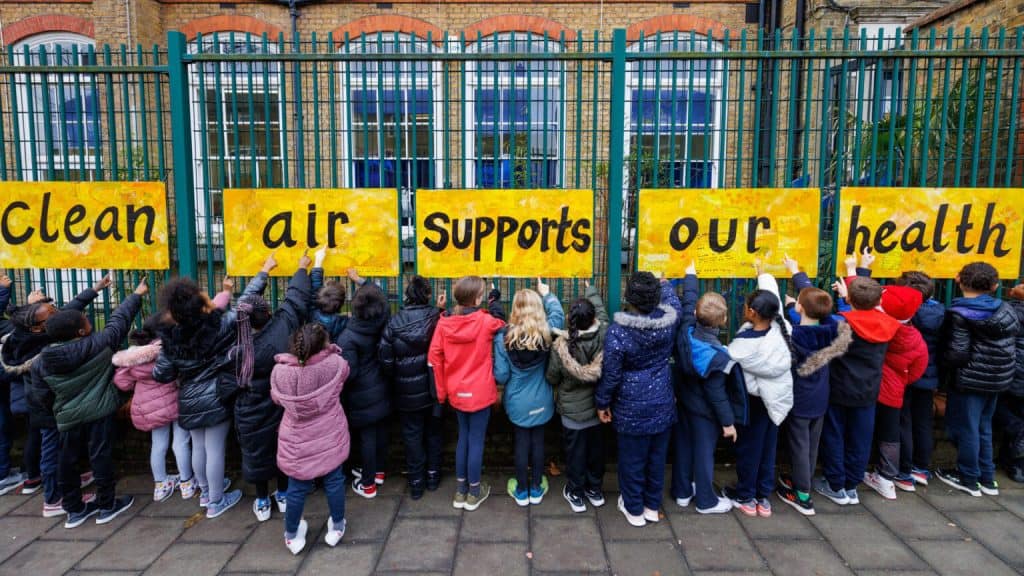Air quality greatly affects human health, well-being, and quality of life. Pollutants in the air we breathe have been linked to asthma, allergies, respiratory infections, stroke, heart disease, and even cancer. This makes access to clean air incredibly important, especially in public spaces where people congregate. Implementing measures to improve and protect air quality in shared urban environments ensures the public can breathe easier.
The Role of Smoking Bans
One significant step toward cleaner air is passing smoking bans for public spaces. Exposure to secondhand smoke carries serious health risks, causing over 41,000 deaths per year in the U.S. alone. Smoking prohibited signs in city parks, beaches, restaurants, building entrances, hotels, and sidewalks help to limit this exposure, creating healthier environments.
Comprehensive studies performed in multiple cities before and after smoking bans took effect have shown indoor air pollution dropping between 40-80% afterward. Asthma and respiratory issues also declined rapidly, as did smoking rates over time as the habit became less convenient and socially acceptable. Smoking bans outdoors have also proven effective, with one study showing park air pollution levels dropping over 60% once bans were enacted.
Ventilation and Filtration Upgrades
Along with smoking policies, improvements to ventilation and filtration systems also drastically reduce air pollution in indoor public and commercial spaces. Upgrading to high-efficiency particle filters, carbon filters, UV filters, and increasing air exchange rates filters out allergens, asthma triggers, pathogens, and carcinogenic compounds lurking in stale air.
Studies have shown that after implementing these upgraded filters and improving ventilation, indoor air pollutants decreased by 70% on average. Employees working full shifts in such locations reported less eye, nose, and throat irritation. Some buildings investing heavily in state-of-the-art systems even provide real-time indoor air quality monitoring dashboards, so occupants can see pollution levels at a glance.
Public Transportation and Urban Planning
Municipal policies and smart urban planning promote cleaner air through public transportation investments, anti-idling laws, low emissions zones, and more bike lanes/pedestrian walkways. Expanding efficient, affordable public transit options reduces traffic congestion and tailpipe emissions from passenger vehicles, lowering asthma triggers like nitrous oxide and particulate matter.
Strict anti-idling laws also cut down on car and bus emissions. Charging hefty fines for drivers who idle their engines for over one minute when parked or dropping off/picking up has reduced air pollution by upwards of 40% in some urban areas studied. Restricting high-emission vehicles from city centers or charging them costly daily fees to enter improves air quality even further.
Adding miles of protected bike lanes, widening sidewalks, and creating extensive pedestrian zones/green spaces allows residents to safely travel through cities without their cars. This incentivizes active commuting, further decreasing vehicular pollution. Urban planning policies significantly impact air quality for good or ill, so implementing ones that promote clean air is key.
Collaborative Multi-Agency Efforts
Protecting clean air requires involvement from agencies at all levels, working collaboratively toward shared goals. Coalitions like the Clean Air Coalition bring together local businesses, health providers, community groups, environmental agencies, and policymakers to assess air quality issues and develop solutions. They install advanced air monitoring sensors throughout cities to collect real-time data guiding regulatory action.
Government groups like the Environmental Protection Agency establish legal standards for allowable levels of hazardous air pollutants that force industries and municipalities to address problems. They regulate emissions from factories, chemical plants, power generation facilities, construction/demolition projects, and vehicles. Strict clean air acts have made significant progress in improving public health over time, though more work remains in those disadvantaged communities that bear the brunt of lingering air pollution.
Personal Responsibility & Consumer Choices
Alongside large-scale institutional efforts, individuals also play a meaningful role in minimizing pollution through everyday choices. Using environmentally friendly cleaning/personal care products avoids introducing volatile chemical fumes into the air especially dangerous for those with respiratory issues like asthma or COPD. Choosing alternative transportation, supporting clean energy incentives/legislation, conserving home energy use, and reducing/recycling waste also significantly benefits air quality.
Making sustainable purchasing decisions as consumers positively impacts manufacturing processes over time, too. Opting for quality goods made from eco-friendly materials with minimal packaging that last longer ultimately decreases waste and emissions from production compared to cheaply made disposable items. Dollar voting for companies with certified commitments to lowering their supply chain and operational carbon footprints makes sizable cumulative differences over time.
Conclusion
Implementing smoking bans, upgrading ventilation/filtration systems, expanding public transit access, passing clean air legislation, and making sustainable personal lifestyle choices all protect air quality in public spaces. Allowing the public to breathe easily without exposure to dangerous particulates, fumes, and toxins improves health outcomes both immediately and long term. Protecting air quality requires persistent, collaborative effort across agencies, businesses, and individuals but pays huge dividends in saved healthcare costs and improved well-being over time. The better we safeguard the quality of the air we collectively breathe, the higher our overall quality of life becomes.
